This Taiwanese Pineapple Cake post may contain affiliate links. Please read my disclaimer.
This Taiwanese Pineapple Cake recipe is my rendition of the famous ‘feng li shu’ (鳳梨酥) from Taiwan. They are traditionally eaten during major celebrations such as engagement ceremonies or wedding parties. The hokkien pronounciation of pineapple (‘ong lai’) has a very auspicious meaning of ‘prosperity is coming’. Thus in Singapore and Malaysia, many Chinese celebrate the Lunar New Year with pineapples or ornaments of pineapples displayed at home, the pineapple tarts are also a typical cookie snack eaten during this festive period.
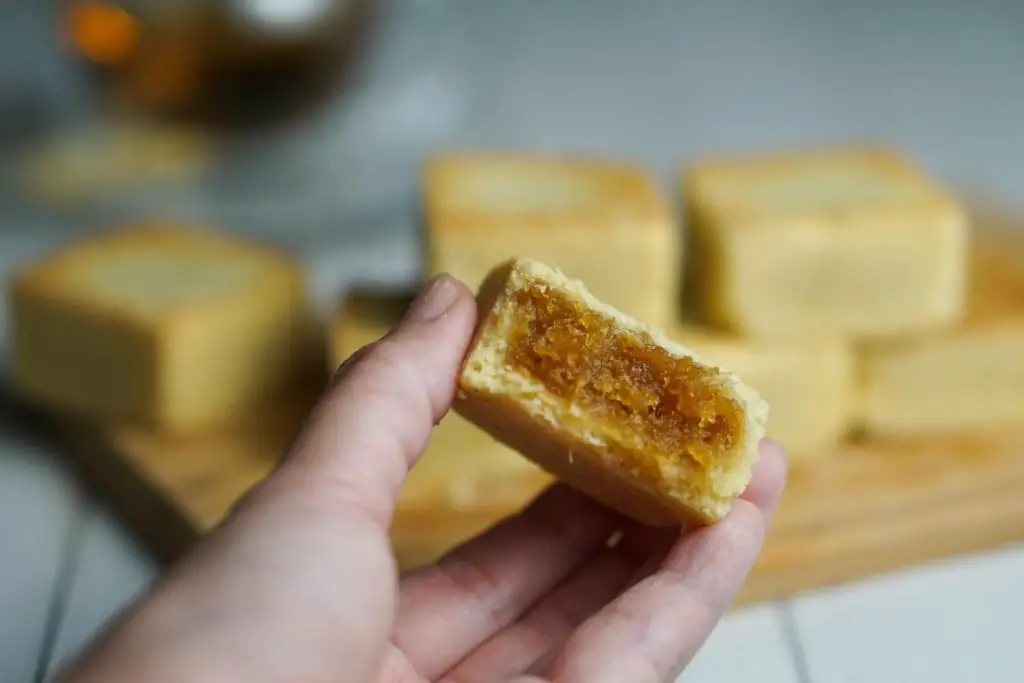
What is the difference between Taiwanese Pineapple Cake and the Pineapple Tarts from Southeast Asia?
Taiwanese pineapple cake differs slightly from the Singapore and Malaysia version. It’s shaped with a squarish or rectangular mould versus our open faced version or golden ball version. I usually make the Singapore / Malaysia version with spices such as cinnamon, cloves and star anise. Whereas the Taiwanese version is made with winter melon and pineapple, and thickened with maltose (in this recipe, I’m using honey as a substitute). It is also not uncommon for visitors in Taiwan to buy pretty boxes of their pineapple cakes as souvenirs for friends and families. There are also different flavours available, such as with salted egg yolk, and other added ingredients.
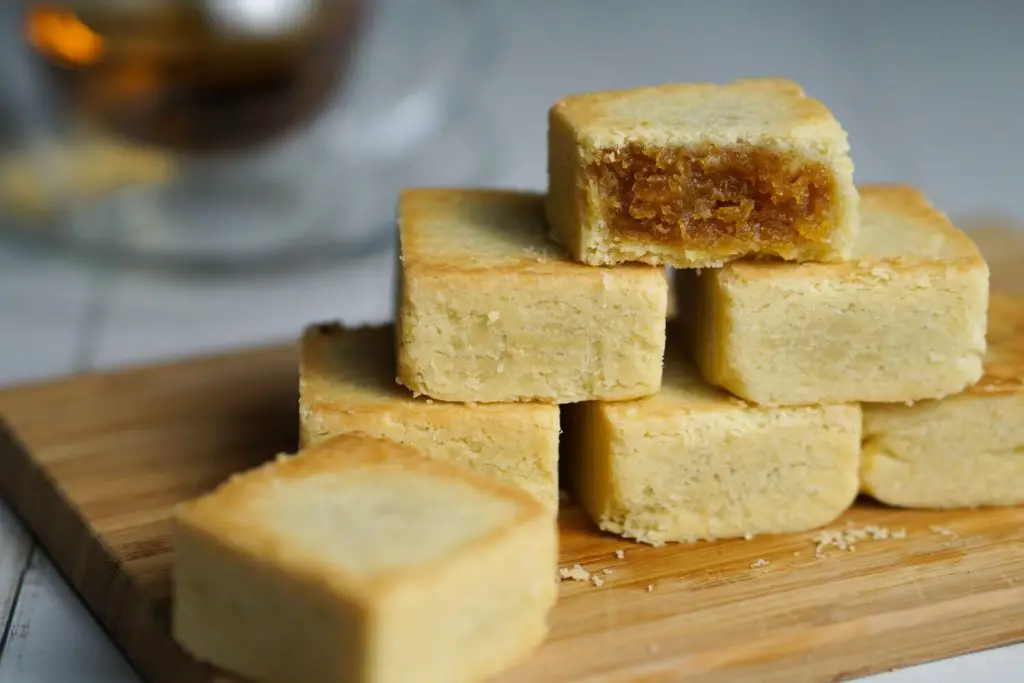
What is Chia Te 佳德 Taiwan Bakery Pineapple Pastry?
You can easily find Taiwanese pineapple cakes all over Taiwan but the most famous one is in Taiwan, Taipei’s Song Shan district. Chia Te is a famous bakery that sells the best Taiwanese pineapple cakes around. They bake their pineapple cakes fresh daily, and they also sell other pastries such as the sun cakes (太陽餅) and wife cakes (老婆餅). The bakery was established in 1975 and on Google Maps, the shop has over 10 thousand reviews with many tourists and locals writing great reviews of their pineapple cakes.
Tips on making the Taiwanese Pineapple Cake
- Many recipes out there use maltose in the pineapple jam, I substituted with pure honey instead as the GI is lower comparably and contains more vitamins, minerals, and antioxidants.
- Make the jam a few days before making the pineapple cake. However since there is no preservatives added to the jam, the pineapple cakes should be consumed within 10 days. I once made the jam 2 weeks in advance and stored in the fridge, before I make the pineapple tarts, after about 2 weeks, the jam starts getting mouldy.
- I am using a 50g mould in this recipe, it comes in 6 cavities in a block. My preference is to use individual rectangular mould like these as it comes with a cookie press and I can flip the cakes in the mould easily.
- Like my other pineapple tart recipes, I use a 60:40 ratio for the dough and jam. In this case, since I am using a 50g mould, my dough is 30g and jam 20g.
- I used the Pagoda brand corn flour I bought in Singapore. It’s a fine white coloured flour. In other parts of the world, it might be called corn starch. Apparently corn flour is a yellow coloured powder made from dried finely ground corn, and corn starch is a fine white coloured powder derived from the starchy part of a corn kernel. Corn starch when used in baking combined with flour, will produce a more tender baked pastry.
Check out my other pineapple tart and jam recipes
- Bunny shaped pineapple tart
- Melt-in-Your-Mouth Pineapple Tarts (open and closed shapes)
- Buttery cheesy pineapple tart
- How to make pineapple jam
- Air fryer pineapple jam
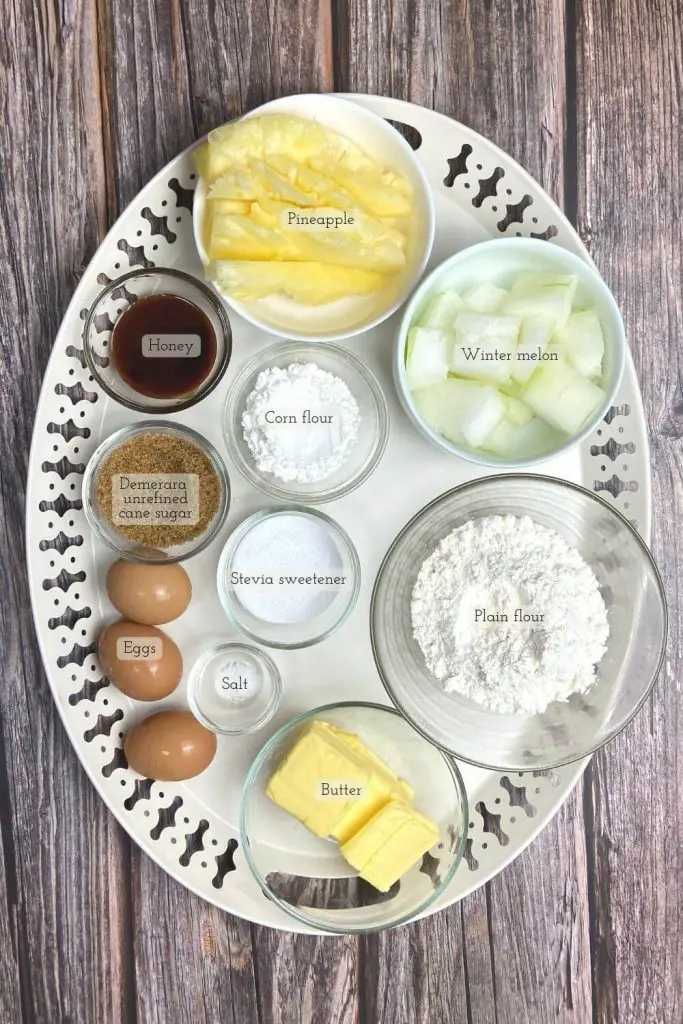
Watch how to make Taiwanese Pineapple Cake on YouTube
Pin now, bake later
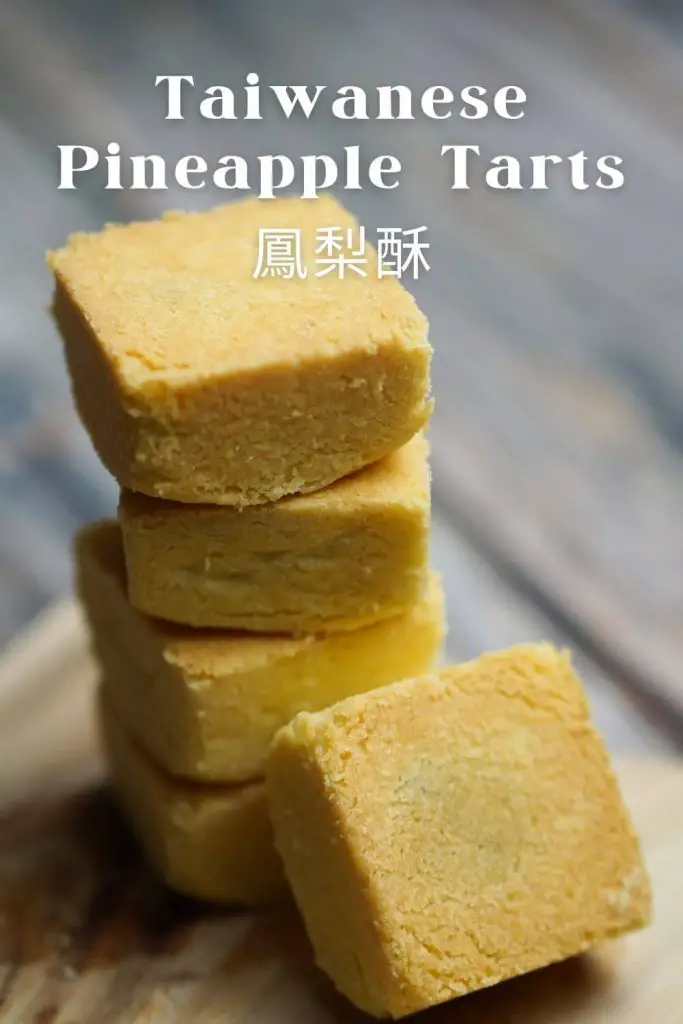
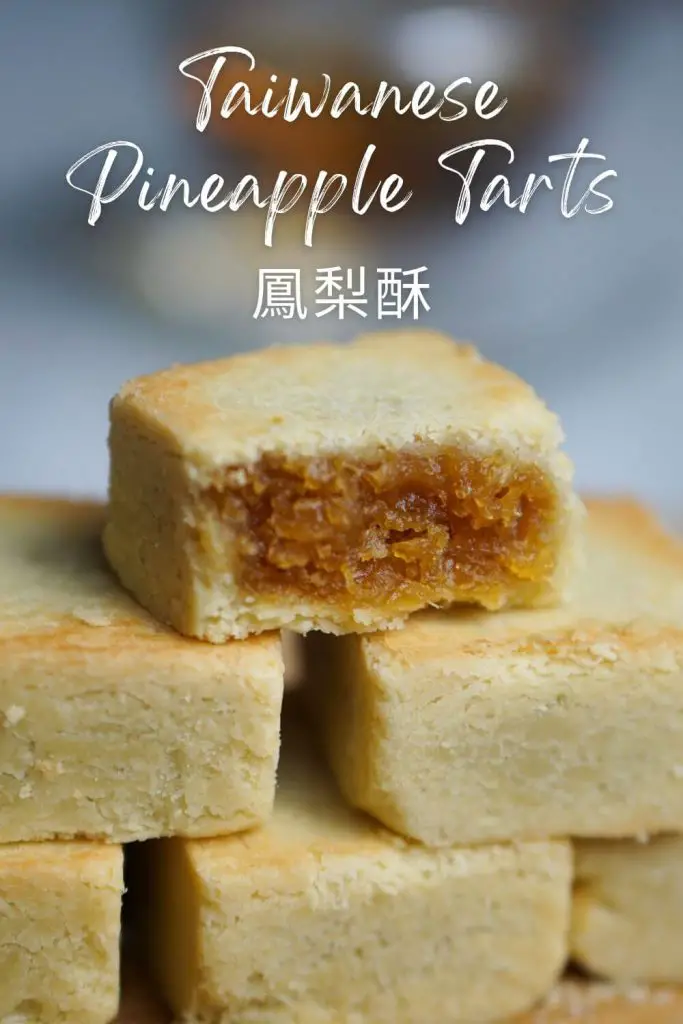
Taiwanese Pineapple Cake (Pineapple Winter Melon Paste) 鳳梨酥
Equipment
Ingredients
Pineapple and winter melon paste filling
- 1 kg winter melon without skin
- 1 kg pineapple without skin
- 2 tbsp Demerara unrefined cane sugar
- 2 tbsp honey
Pastry dough
- 200 g plain flour
- 25 g corn starch or corn flour (in Asia)
- 50 g Stevia sweetener
- ¼ tsp fine salt
- 2 egg yolks
- 160 g unsalted butter chilled
Instructions
Make the pineapple winter melon jam
- Remove skin, the core and seeds of 1 kg winter melon. Cut into big chunks.1 kg winter melon
- Cook the winter melon in a pot of boiling water until softened and translucent, About 10-15 minutes. Drain off the water.
- Grate (using a food processor with grating blade or manually) the cooked winter melon. The texture will be similar to purée. Transfer the puree into a muslim cloth or cheese cloth.
- Squeeze out the winter melon juice as much as possible.
- Set aside both the winter melon juice and the winter melon purée.
- Remove skin, top, bottom, the inedible 'eyes', and core of 1 kg pineapple.1 kg pineapple
- Cut pineapples into smaller pieces. Grate in food processor or manually until pineapple chunks become fine pieces of pineapple, but not until it turns completely puréed.
- Transfer the grated pineapple into a muslim cloth or cheese cloth. Squeeze out the pineapple juice and set aside both the pineapple juice and the grated pineapple.
- Add the pineapple juice and winter melon juice to a large base non stick pan. Add 2 tbsp Demerara unrefined cane sugar and 2 tbsp honey. Stir and let it boil on high heat and reduce to half.2 tbsp Demerara unrefined cane sugar, 2 tbsp honey
- Add the grated pineapple and winter melon purée. Stir to mix well, bring to a full boil and let the juice reduce to 10%.Then reduce the heat to simmering.
- The jam will thicken and liquid will reduce. Stir frequently to prevent from being burnt. Continuously stir the jam over low heat until thickened and there is no visible sign of liquid. Turn off the heat. Allow the jam to cool completely.
Make the pastry dough
- Cut chilled 160 g unsalted butter into small cubes (about 1.5cm) and chill in fridge until ready to use.160 g unsalted butter
- Add 200 g plain flour, 25 g corn starch , 50 g Stevia sweetener, 1/4 tsp fine salt into a food mixer with paddle attachment. Mix on low speed for a few seconds.200 g plain flour, 25 g corn starch, 50 g Stevia sweetener, 1/4 tsp fine salt
- Add chilled butter cubes to mixed flours and beat on low speed until mixture turns sandy.
- Separate 2 egg yolks and beat the egg yolks. Add the beaten egg yolks into the mixture and beat on low speed until a consistent dough is formed. Do not overbeat.2 egg yolks
- Remove dough from mixing bowl and shape into a ball. Wrap in cling wrap and let rest in fridge for 30 minutes.
Assemble the pineapple cakes
- Roll into balls 20g jam and 30g dough. Keep covered in cling wrap to prevent drying out. Note: I am using a 50g mould.
- Make a hole in the middle of the dough ball, place jam in, gently push the edge of the dough to cover the jam completely. Roll into a round shape.
- Press the pineapple cake into the mould using your palm or a cookie press (if you have one).Note: I am using a 50g mould in this recipe, it comes in 6 cavities in a block. My preference is to use individual rectangular mould like these as it comes with a cookie press and also I can flip the cakes in the mould easily.
- Bake in pre-heat oven at 170C / 338F (convection oven) or 180C / 356F (conventional oven) for 10-15 minutes, until golden brown.After 10 minutes of baking, remove from oven and quickly flip the pineapple cakes over and continue to bake for another 2-5 minutes until it's golden brown.
- Allow the pineapple cakes to cool for about 15-30 minutes on the baking sheet before removing the mould. Let it cool completely before storing in air-tight containers.Best served 24 hours later to let the flavour develop.

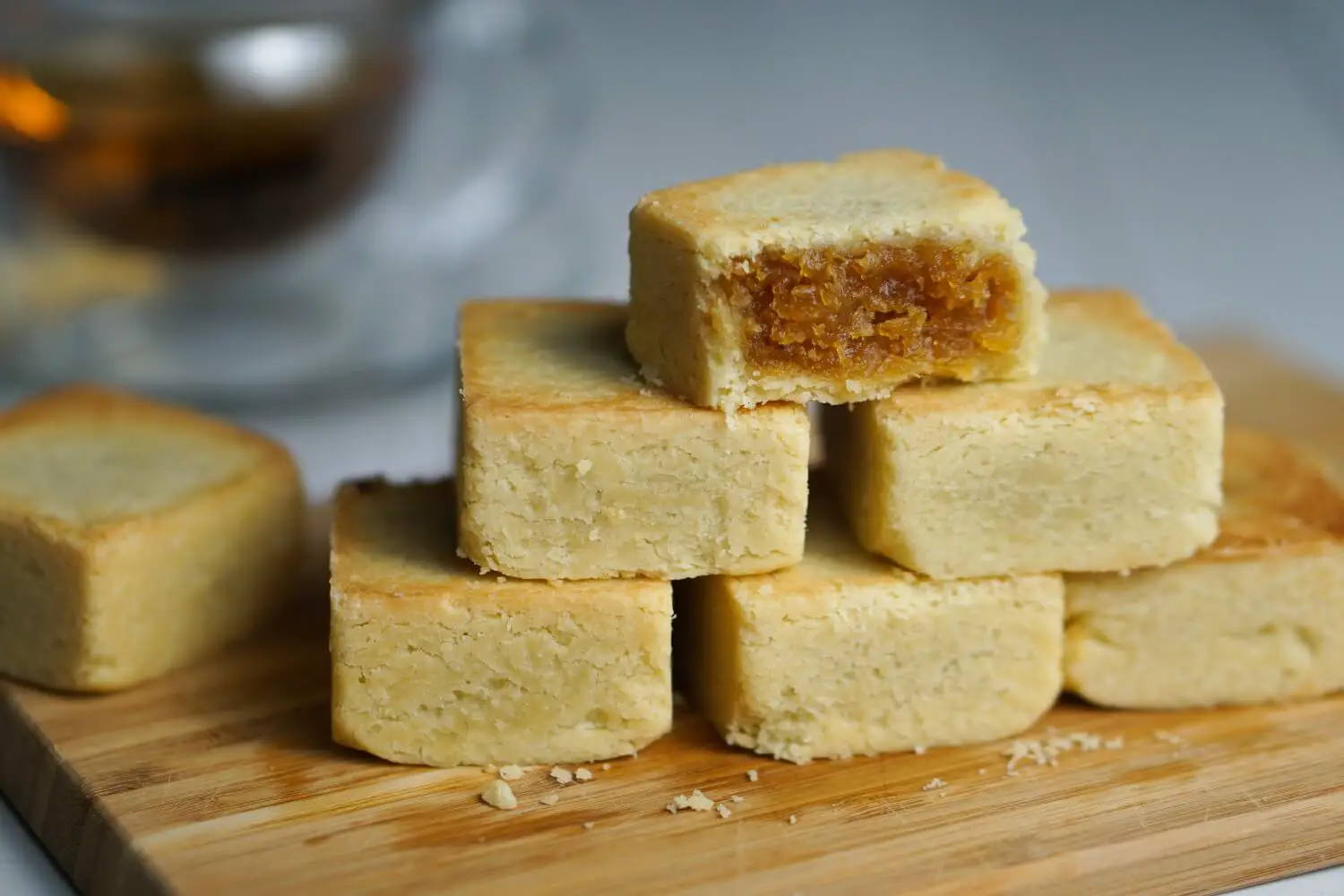
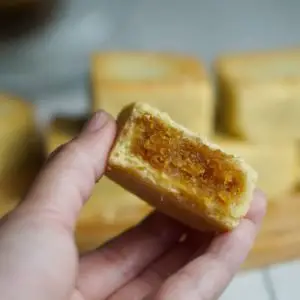
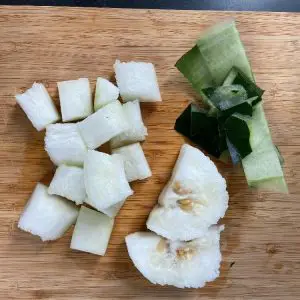
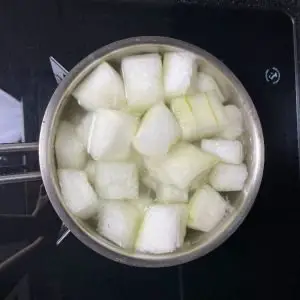
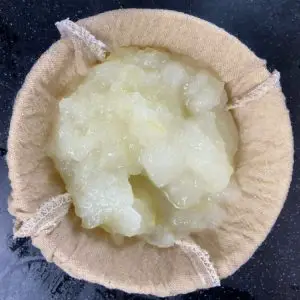
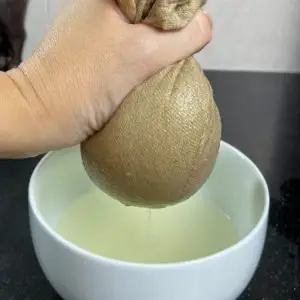
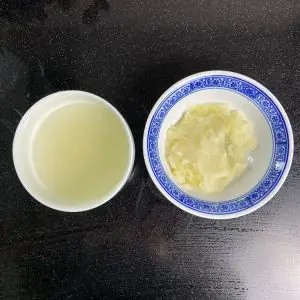
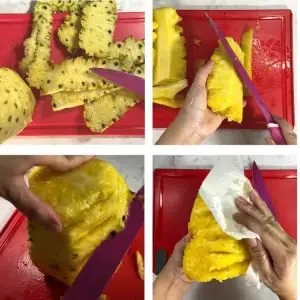
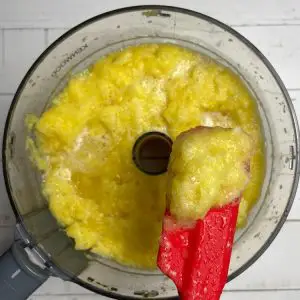

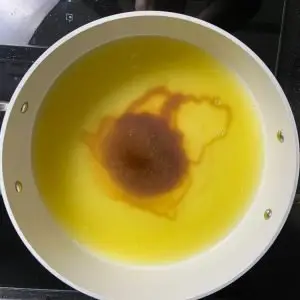
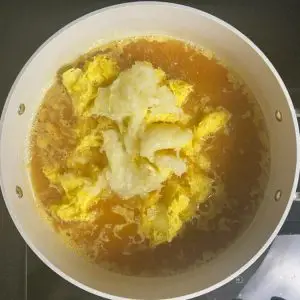
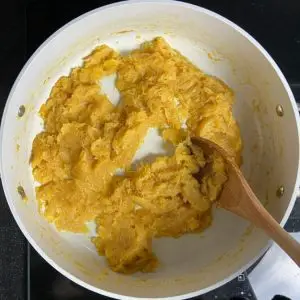
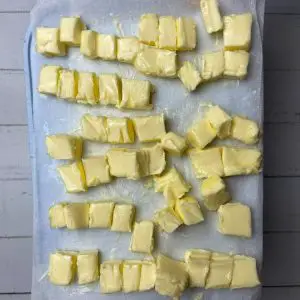
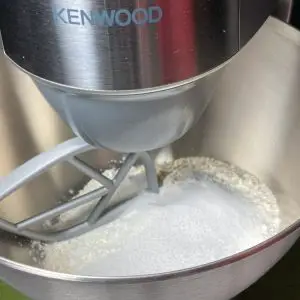
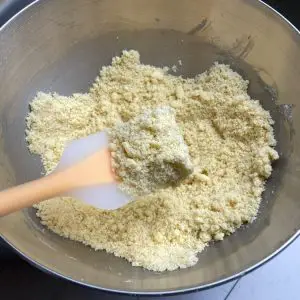
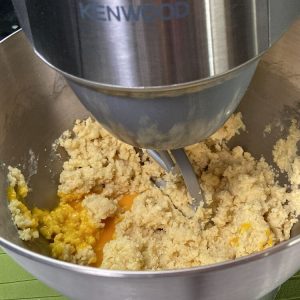
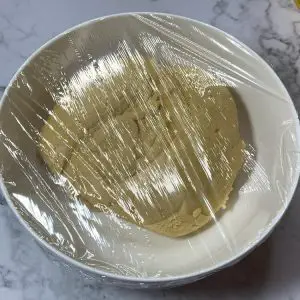
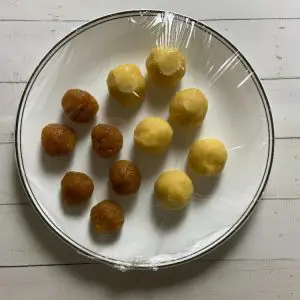
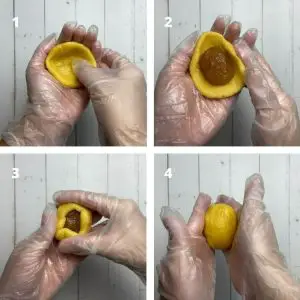
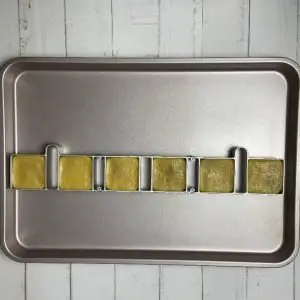
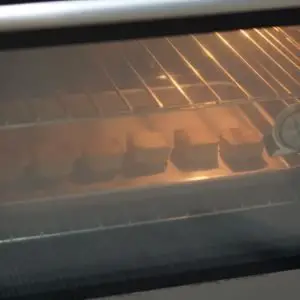
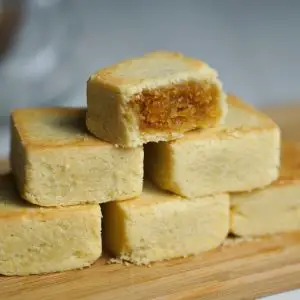
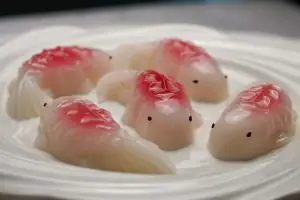 Koi Fish Jelly with Coconut Milk 鲤鱼香椰果冻
Koi Fish Jelly with Coconut Milk 鲤鱼香椰果冻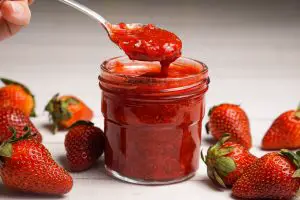 Strawberry Chia Seed Jam without Pectin
Strawberry Chia Seed Jam without Pectin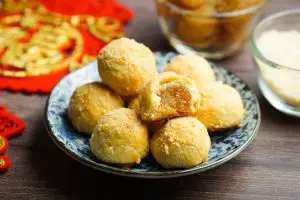




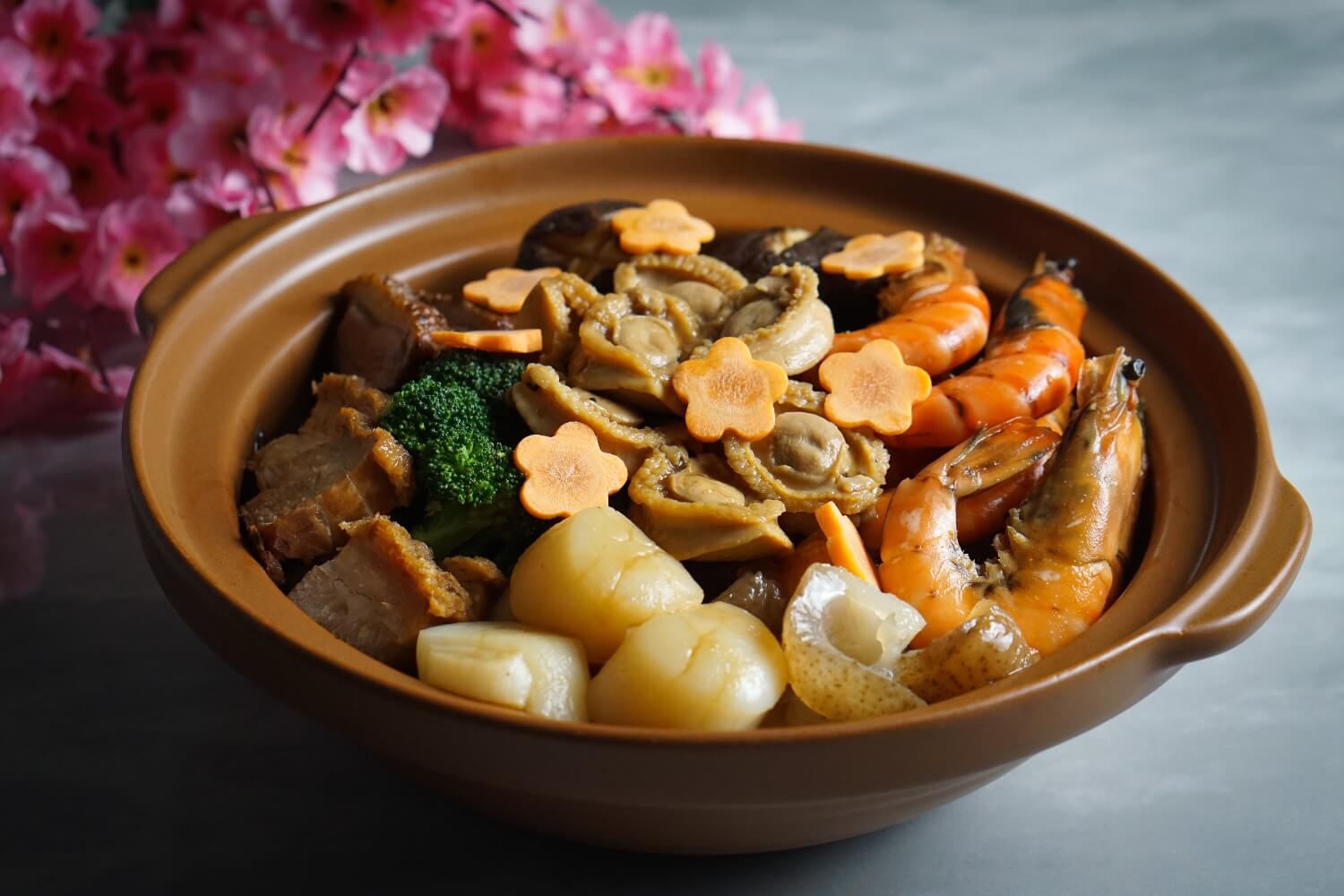
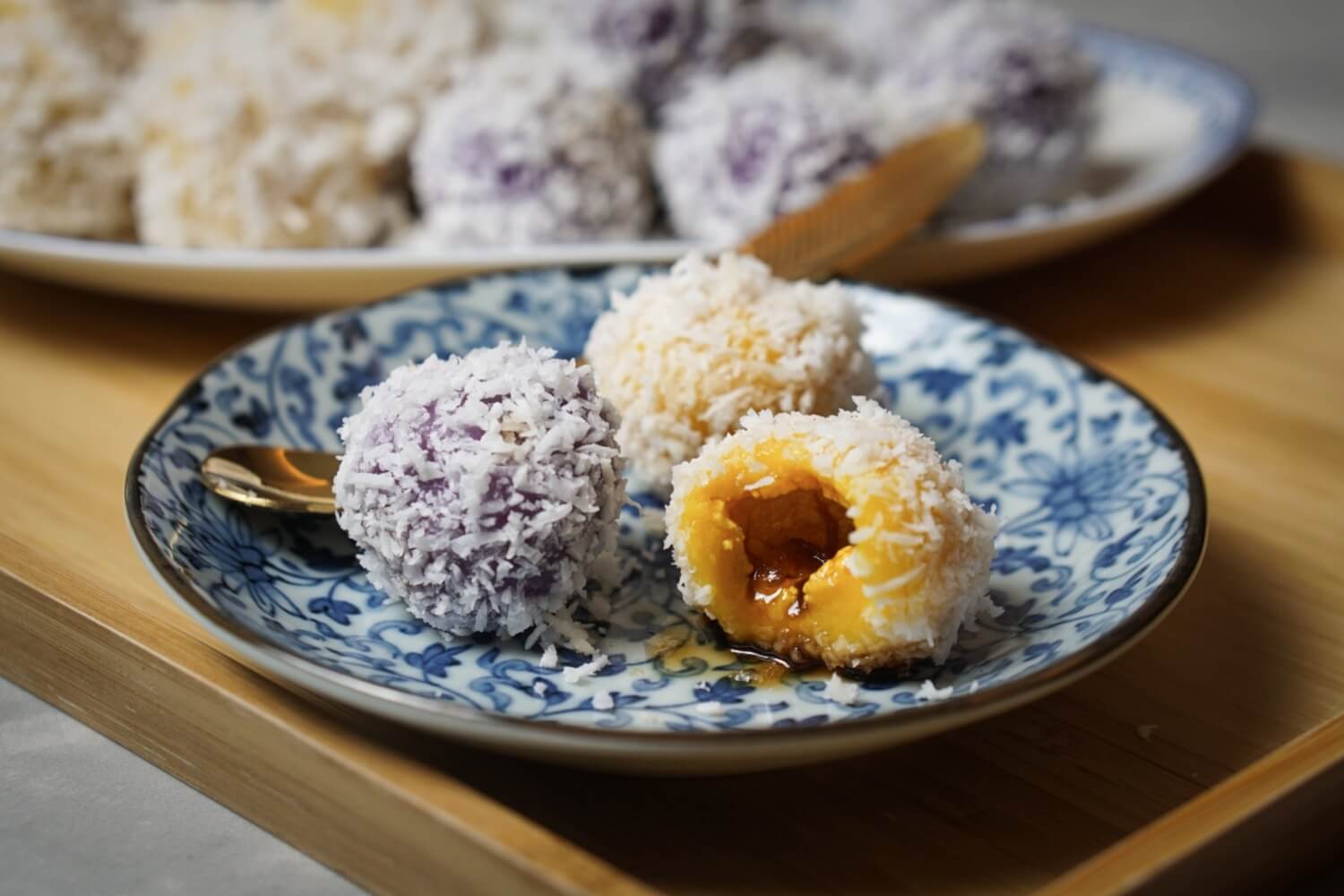
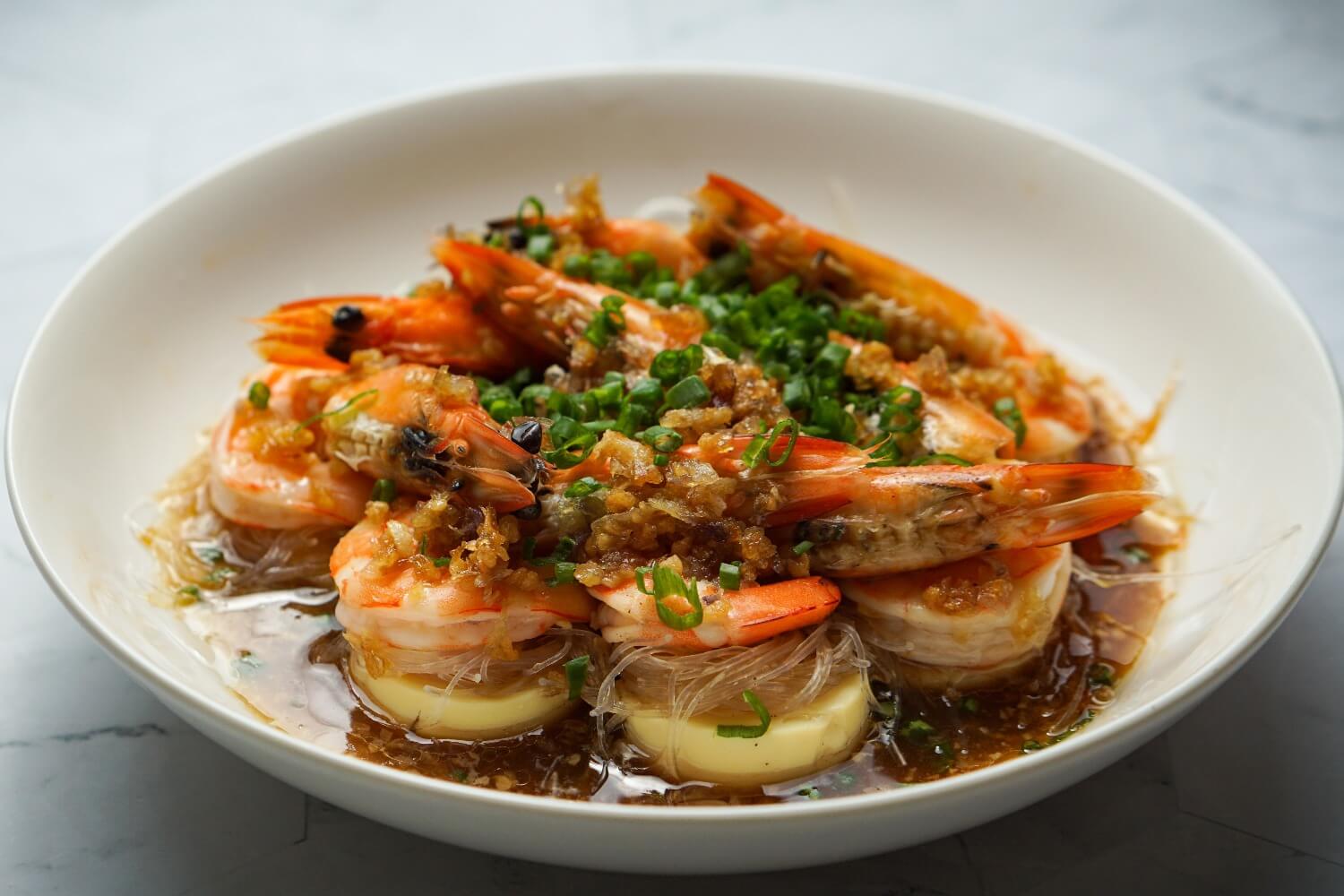



29 March 2023 at 7:24 pmPineapple with melon paste must taste good!
29 March 2023 at 7:25 pmThanks for dropping by 😀
3 July 2023 at 12:23 amWould I be able to use gluten free flour for this recipe?
3 July 2023 at 9:38 amHI J, I have not tried using it before actually so I can’t tell you what’s the effect of it, although I do not see an issue using gluten free flour.
1 September 2023 at 4:37 pmHi, may I know where to buy this mould ? What are the dimensions ?
Thanks.
2 September 2023 at 3:42 pmHI Fran, you can buy it on Amazon which I would recommend as it comes in individual moulds (you can use the link in my recipe: https://amzn.to/3DvxP5y) or you can buy the long one you see in my recipe video from Redman, which I do not recommend as it’s not easy to store and use. The dimension of each piece is about 2.5×2 inch.
1 December 2023 at 2:32 amThank you for this recipe! May i ask you some questions? Chia Te sell 2 kinds of pineapple pastry, one has rectangular shape and the other one has round shape. The rectangular one definitely is a tart but i’m not sure about the round one. It’s like a tart but far less crumbly and tastes lighter than the rectangular one and its surface is smooth. Have you ever had one of those? Could you tell me maybe what kind of dough they use for the round shape pineapple pastry? Thank you very much.
4 December 2023 at 8:31 pmHI Denno, thanks very much for visiting. I’ve not had the round one, I’ve always had the rectangular ones, thus I am not able to tell you what kind of dough they use.